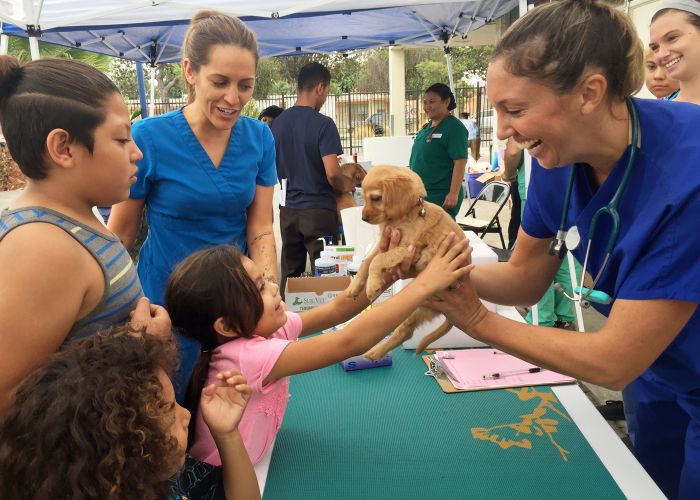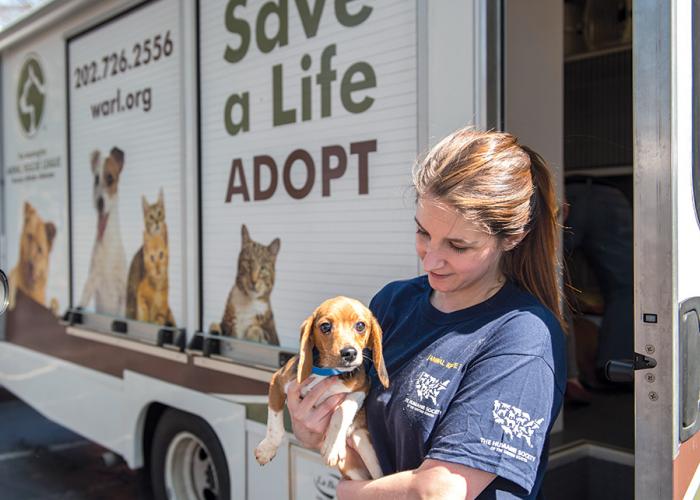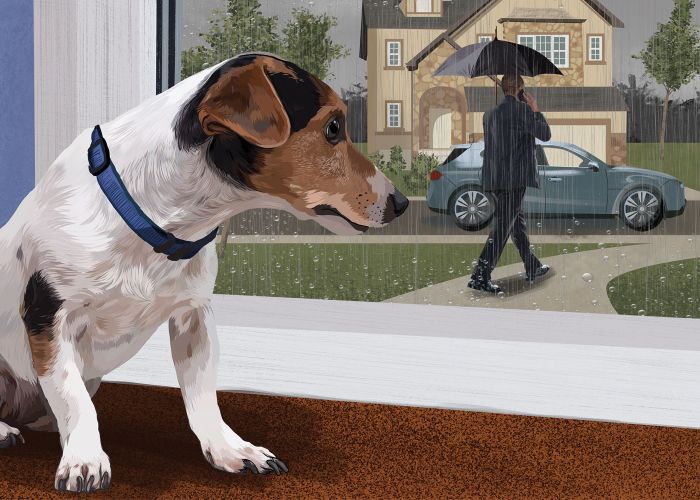Can’t buy me love
South Carolina shelter offers sweetheart deals
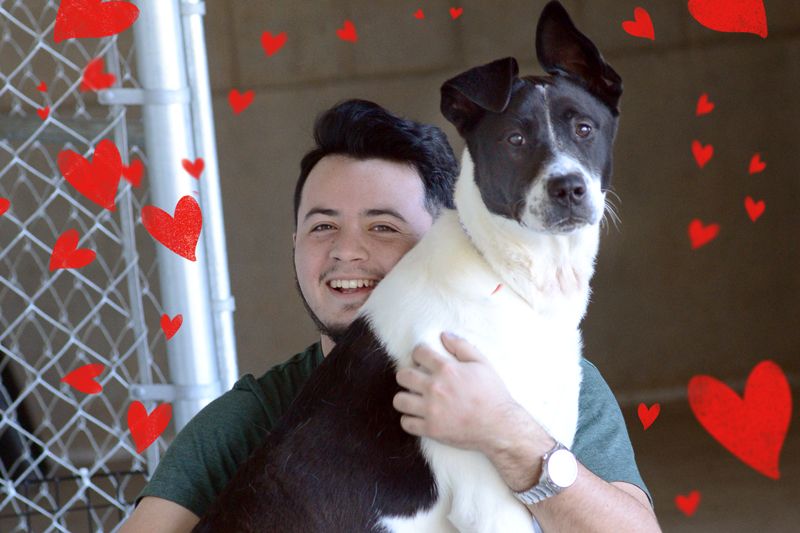
Adopting out dogs for free is “not a great business model,” concedes Paula Church, community relations coordinator for Greenville County Animal Care in South Carolina. But last year, when the largest open-admission shelter in the state was desperate to get its dog population down to a manageable level—it had been doubling up dogs in kennels—that’s what it took.
“It’s a lifesaving mission,” Church says. Of course, funds are necessary to help shelters continue their good work, but in the end, it’s “not a money-making mission. It’s about saving lives.”
The shelter had already waived adoption fees for cats and kittens for the whole summer before. A free feline adoption event in January 2016 cleared every cage in the cat room, says division manager Shelly Simmons.
“That was, I think, momentum for us, that if we can do it for cats, we can do it for dogs,” she says.
Plus, the shelter staff didn’t have a lot of options. If they wanted to get numbers back down without euthanizing, they were going to have to adopt out a lot of animals quickly, says Simmons.
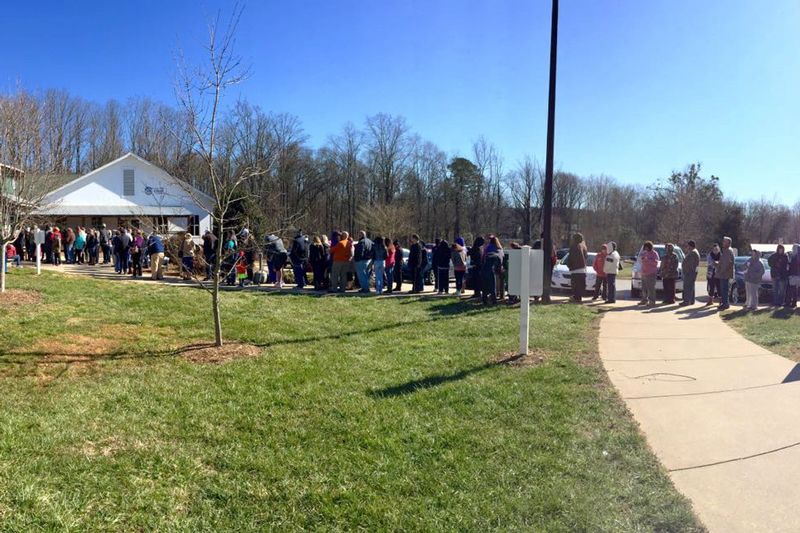
So the day before Valentine’s Day, the shelter offered a sweet deal to its community: “Come adopt the love of your life for FREE.” Local news media spread the word a few days in advance, while colorful web banners touted the fact that the canine soulmates would come already vaccinated, sterilized, dewormed, tested for heartworm and microchipped.
More than 100 people were waiting in line when the shelter opened, and eventually staff had to start turning people away. The people who did get to adopt spent hours at the shelter that day, but everyone was in good spirits.
“I talked to one person as he was walking out the door … and he’s like, ‘Yeah, I’ve been here for four hours … but it was worth it,’” says Simmons.
It was worth it for shelter staff, too, as they watched 160 dogs wag their way out the door, and posted heart-themed photos of two of them and their lucky adopters on Twitter. Total dog adoptions for February increased by 30 percent compared to the previous year, and despite some staff members’ fears, returns didn’t go up for February or March.
Since the event, the number of dogs in the shelter and average length of stay have decreased, and the shelter has maintained one dog per kennel, resulting in “quieter kennels, happier dogs,” says Simmons. “It was a great, positive way to get us on the right path to increasing our save rate.”
Although the shelter met its immediate goals, that doesn’t mean it’s not considering similar promotions in the future. The “free” aspect catches people’s attention and serves as a call to action, telling the public that animals need their help, says Church. “[People] understand, ‘Hey, they’ve got so many over there, they’re giving them away. Let’s go over there and do what we can to help them out.’”




